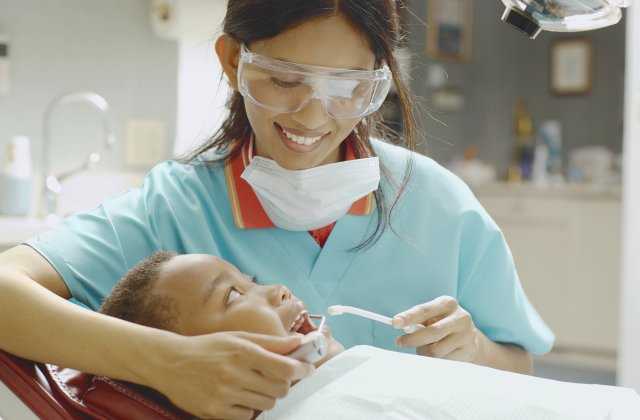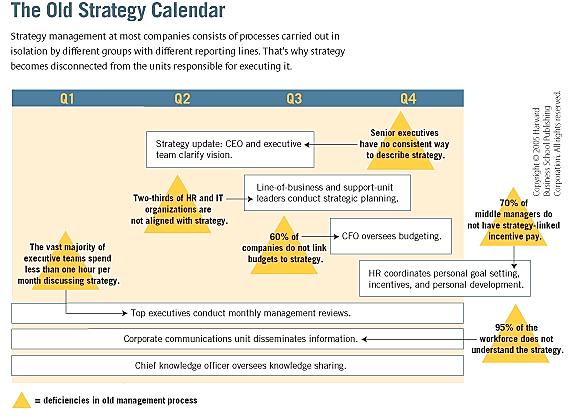
If you don't have dental care coverage provided through work, you may be hesitant to buy individual coverage, with premiums reaching nearly $100 a month or more for some family plans. That may be why 74 million Americans didn't have dental coverage at the end of 2016, according to the National Association of Dental Plans.
What's more, even those with Medicaid may need to pay for care since many states don't include adult dental benefits as part of their plans. Most policies also have caps that can be as low as $1,000 on benefits and pay only a portion of the cost for crowns, root canals and similar procedures. That means those who have a dental emergency or require extensive work could find themselves facing bills for thousands of dollars, even if they have insurance.
[Read: 7 Ways to Keep Your Health Care Costs in Check .]
"It's quite expensive, and it doesn't cover much," says Sharona Hoffman, professor of law and bioethics at the Case Western Reserve University School of Law in Cleveland.
Without coverage, people may skip annual cleanings, which can be crucial for detecting dental problems early on and addressing them before they turn into expensive emergencies. Plus, poor oral health can lead to serious health problems like heart disease . If you're lacking dental care and looking for an affordable alternative, here are seven cost-effective options.
Dental schools. A simple way to find affordable dental care is to go to a clinic associated with a dental school, Hoffman says. These clinics give dental students hands-on experience and provide their services at a reduced price. For example, at the Case Western Reserve University School of Dental Medicine, free admitting days offer adults free exams and X-rays, while standard cleanings cost $25. Additional services are available throughout the rest of the year at costs that are well below the market rate for dental care. For instance, the school charges an initial fee of $27 for an emergency visit and an average of $85 to $115 for treatment services.

The catch: Not everyone is guaranteed service at a dental school clinic. Some may only have openings for those with specific dental conditions. Contact the school directly to inquire about their eligibility criteria and peruse the American Student Dental Association website for a list of U.S. dental schools.
Government programs. While private health insurance typically doesn't cover dental services, some government programs do. Medicaid is one option for low-income households. (Dental coverage for children is offered by Medicaid programs nationwide, however, adult benefits vary by state with some not offering any coverage at all for men and women.) For example, the Medi-Cal Dental program will provide eligible California adults with one comprehensive exam and one cleaning per year. It will also pay for deep cleaning, root canals on black teeth and dentures. However, one challenge facing families nationwide is that relatively few dentists accept Medicaid patients.
That said, there are more options for seniors eligible for Medicare . While original Medicare – which provides benefits directly from the government – does not include dental care, Medicare Advantage plans offered by private health insurance companies often provide oral care options. While there could be an additional cost for these policies, they can be found for $25 a month in some areas across the country. Keep in mind, premiums can vary depending on a plan's included benefits as well as its geographic coverage.
Discount cards. A number of discount cards are available for dental care . These cards often charge a monthly or annual fee in exchange for access to reduced rates at participating dentists. For instance, Carefree Dental charges $15.95 per month and allows cardholders to save up to 50 percent off the cost of cleanings, X-rays and other services. Another option, the Careington Dental Discount Plan, charges $9.95 a month for a family plan and provides 20 to 50 percent in savings on most dental procedures. Savings can vary by area, but those with the Careington membership card may pay $52 for adult cleanings, $91 for a composite filling and $742 for a porcelain crown.
[See: 12 Free Preventive Services Medicare Provides .]
Membership plans. Some dental offices offer discounts to patients who buy into a membership plan. "It's cheaper for patients and more profitable for dentists," says Dave Monahan, CEO of Kleer, a platform dentists can use to create their own membership plans.
Monahan says dentists set their own pricing, but the plans offered through Kleer start at $25 per month per person, on average, with discounts for additional family members. Each plan includes two cleanings per year, and most dentists give a 20 percent discount for additional services. Membership plans offered through other platforms may have different costs and benefits.
Nonprofit programs. Local community service organizations can be another source of reduced-priced dental care. There are also a number of national nonprofits that specialize in connecting low-income families to dentists and orthodontists who donate services.
Donated Orthodontic Services, offered through the American Association of Orthodontists, and Smiles Change Lives are two such programs for children in need of braces . The former is open to families earning up to 200 percent of the federal poverty level ($50,200 for a family of four in 2018) and charges a $200 fee, while the latter has an income eligibility that varies by state and requires a $650 financial commitment from parents. Dental Lifeline Network also helps coordinate a volunteer network of dentists who provide donated dental services to senior, disabled and medically fragile adults.
Dental tourism. Contemplating leaving the country to find affordable dental care? This practice is known as dental tourism, and Mexico is a popular destination for those living along the U.S. southern border. The cost for many dental procedures in Mexico is only 10 to 20 percent of that charged at U.S. clinics. For example, root canals and crowns, which can cost thousands of dollars in Texas, may only require a $250 payment a few miles over the border. Companies like Patients Beyond Borders and Dental Departures specialize in coordinating dental care for travelers.
The caveat with this strategy, of course, is that dental regulations vary by country. Consumers should do their due diligence before traveling for foreign health care of any kind. That includes not only researching the price, but also industry regulations within a chosen country. Travelers should also know what options they have should a procedure have complications.
Teledentistry. As an emerging technology, teledentistry may represent the future of affordable dental care, particularly for emergency situations. "People have two main concerns: the pain and how much [treatment] is going to cost," says Gary Wald, CEO of The TeleDentists, a teledentistry service. With teledentristy, patients can connect with a dental professional via a video chat to get an immediate evaluation to address those concerns.
After the consultation, if appropriate, a prescription for an antibiotic or nonnarcotic pain medicine can be sent electronically to a pharmacy. Wald estimates 60 to 65 percent of people will need a face-to-face follow-up with a dentist. Best of all, The TeleDentists has a network of providers in all 50 states who can take those referrals. Patients are also provided access to a discount card that can reduce the cost of follow-up services.
[See: 10 Ways to Make the Most of Medicare .]
The only snag: Teledentistry services can't be accessed directly by consumers yet. Wald says that may be coming in the future, but for now people need to go to an urgent care, emergency room or other facility that has partnered with The TeleDentists or another reputable firm. Wholesale pricing for The TeleDentists is $65 per consultation, but providers may set higher rates for patients.
8 Ways to Tell If You're in the Middle Class

Compare Offers
Compare Offers



Post a Comment